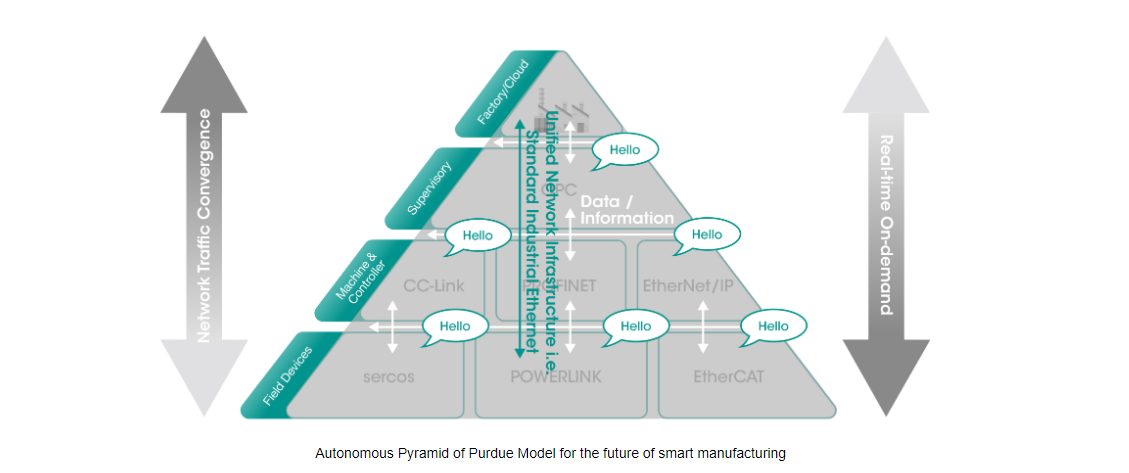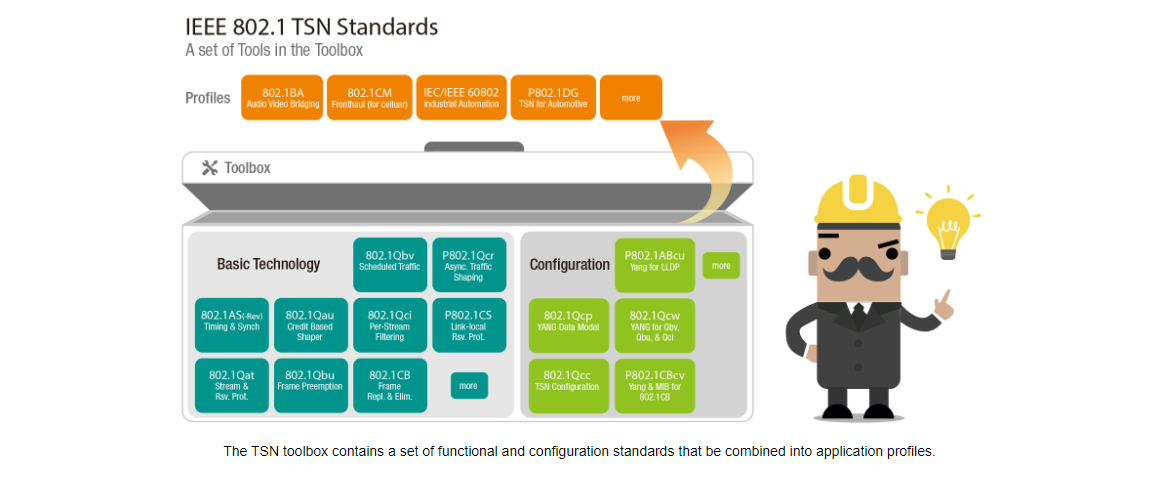The digital transformation era is compelling manufacturers to reconsider their existing business models and corresponding infrastructure. To stay competitive and up-to-date in the era of Industry 4.0, manufacturers must go beyond just embracing digital technologies and implementing predefined processes in isolated automation areas as they have previously. The future of industry hinges on comprehending the driving force behind this new wave of digitization, the transformation of our prevailing industrial automation model, and embracing what lies ahead.
A Concept for Intelligent Manufacturing: Service- and Demand-centric
Manufacturing approaches are always evolving. With increasingly diverse customer requirements, companies are continually seeking ways to meet customer needs while also boosting operational efficiency. Previously, companies would base their production plans on sales forecasts and aim to get their products onto shelves swiftly. To keep pace with growing production volumes, companies would replicate identical production lines to efficiently meet the escalating demand. This method is effective for mass-producing a single, defined product. However, what happens when customers desire variations of the same product? How can companies address these dynamic, rapidly changing customer demands? These circumstances necessitate a reconsideration of existing manufacturing strategies. Companies are increasingly striving to enhance productivity while satisfying various customer requirements simultaneously. Consequently, manufacturing methodologies are gradually transitioning from mass-producing a single product with established specifications to an on-demand manufacturing approach based on customer preferences.

The future vision of intelligent manufacturing involves intelligently connecting individuals, objects, and businesses to facilitate real-time and autonomous end-to-end communication, collaboration, responsiveness, adaptability, and optimization.
Envisioning the Future: The Purdue Tomorrow Model
The traditional Purdue model, depicted by the “automation pyramid,” delineates various layers of network communication that are fragmented, costly, and challenging to sustain throughout a system’s entire lifecycle.
In the industry, there have been calls to transform the current model into an “autonomous pyramid” capable of reacting to market conditions and business dynamics in real-time. In this reimagined architecture, isolated automation islands and network data streams can communicate through a unified semantic and seamlessly connected platform.

By integrating the autonomous pyramid of the Purdue model, manufacturers can realize their vision of intelligent manufacturing through a unified network infrastructure. Nevertheless, several fundamental challenges arise. For instance, in a unified network infrastructure where all data flows through a single channel, network administrators must ensure that increased transparency does not compromise deterministic data processing. Moreover, how can administrators ensure accurate data flow for making timely, informed decisions and actions?
This is where Real-time Networking (RTN) comes into play.
Defining Real-time Networking
To establish fully converged and interoperable networks capable of simultaneously processing crucial and non-crucial application data in a singular industrial environment, the Real-time Networking (RTN) Task Group of the IEEE 802.1 Working Group is outlining a series of standards to facilitate the deterministic transmission of data over standard Ethernet networks. This enhanced functionality future-proofs long-standing Ethernet technology and broadens its application in various new contexts.
As a compilation of standards, the concept of Real-time Networking resembles more of a toolbox than a comprehensive solution; users must understand the available “tools” and their functionalities in order to identify the appropriate tools for their applications.
Depending on the application needs, users can combine different tool combinations to construct infrastructure tailored to specific requirements. For example, one RTN profile developed by the IEC/IEEE 60802 Joint Project seeks to provide guidance on selecting standards from the toolbox and their utilization in industrial automation applications.

From a holistic standpoint, all standards in the toolbox can be categorized into the following Real-time Networking aspects:
1. Timely synchronization
As the name implies, “Real-time Networking” emphasizes establishing a common time reference across all devices in a unified and interoperable infrastructure, forming the basis of its entire operations.
2. Controlled low latency
By implementing non-negotiable time period allocations for end-to-end transmissions, these components ensure deterministic data transfer across the network.
3. Exceptional reliability
To implement and uphold all aspects of a deterministic networking environment, a set of components is defined to ensure optimal reliability and security.
4. Resource oversight
As networks and applications become more integrated and expansive, additional tools are essential to offer enhanced manageability and visibility.
Aside from furnishing standard Ethernet hardware for creating unified TSN-compliant infrastructure, Moxa actively engages in cross-vendor TSN plugtests and testbeds globally, in collaboration with organizations such as the Edge Computing Consortium (ECC), Labs Network Industrie 4.0, the Industrial Internet Consortium (IIC), and the Alliance of Industrial Internet (AII). Moxa is also among the initial supporters of the OPC Foundation Field Level Communications (FLC) initiative to advocate for TSN technology development. TSN is uniting diverse industry entities and market leaders toward realizing the complete potential of Industry 4.0 and digitalization’s promise.
For further insights on RTN and its applications, access our white paper.
- Not Only for Automobiles: Discovering CANbus Technology in Various Industrial Settings - October 29, 2024
- Boost Your Network Performance: An Exciting Manual to PoE Switches! - September 10, 2024
- Understanding Gigabit Switches: Industrial vs Regular Gigabit - September 4, 2024


